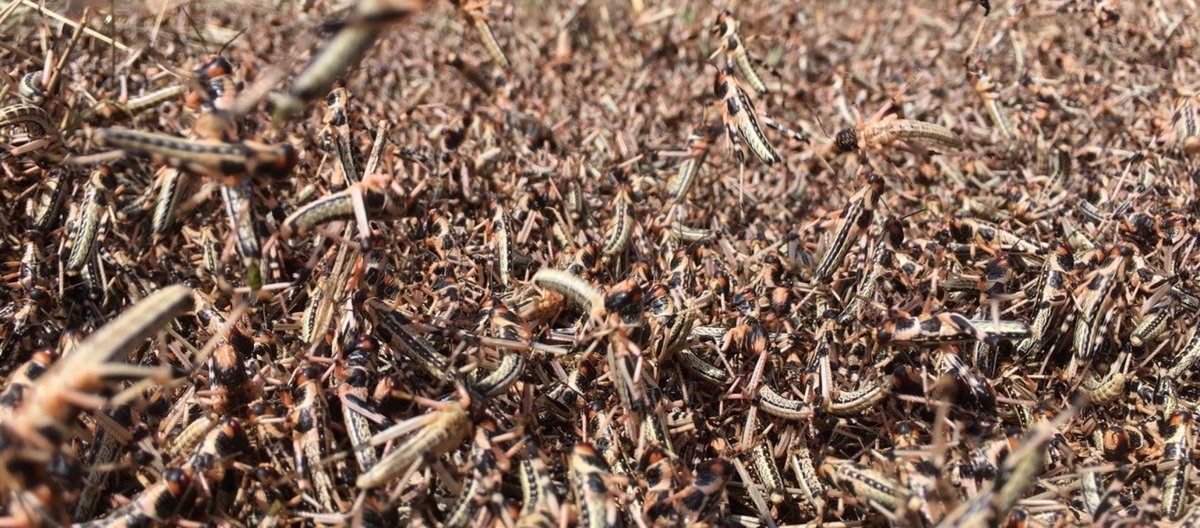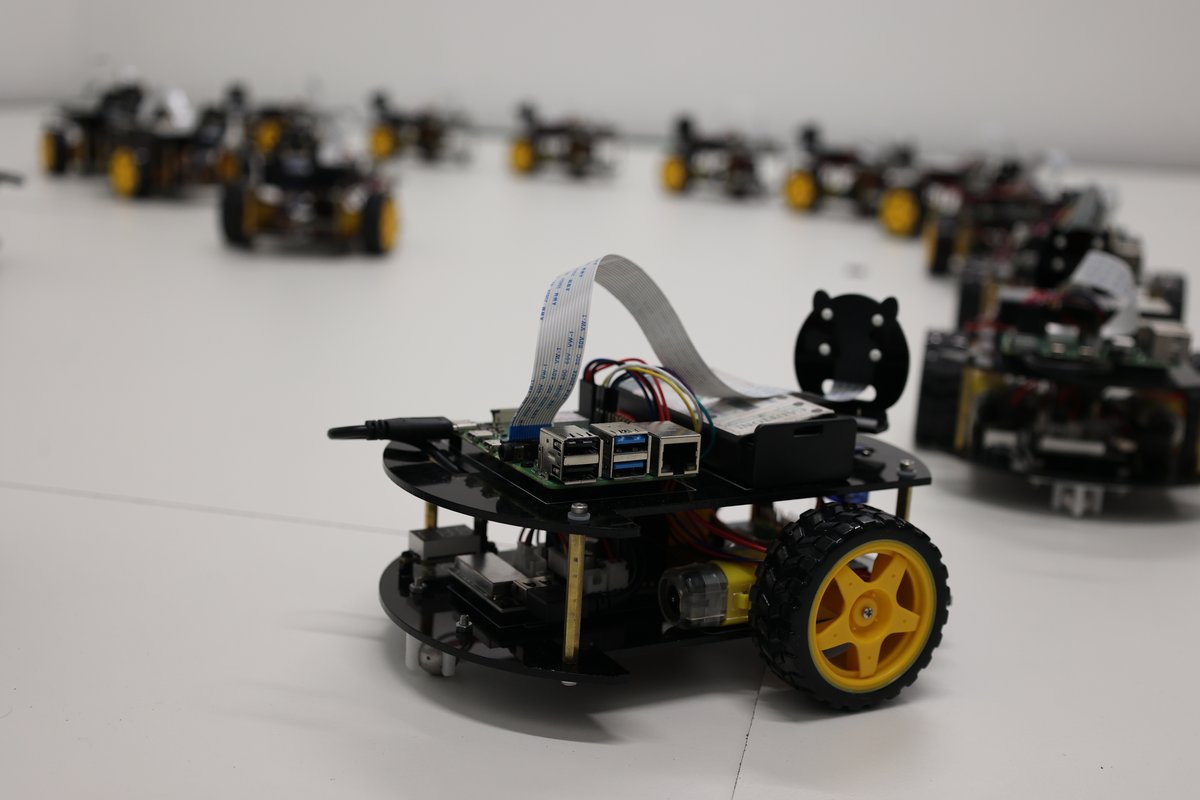
Following your nose into the swarm
Locusts adapt their sense of smell to better detect sparse food sources in crowded swarms of up to billion animals, as researchers from the Cluster of Excellence Collective Behaviour at the University of Konstanz discovered. They published their results in the journal Nature Communication.
Read more


![[Translate to Englisch:] Two meerkats. One seems to speek into the ear of the other one.](/fileadmin/_processed_/9/a/csm_720_629b34474e.jpg)




![[Translate to Englisch:] Drawing of a man and a woman sitting opposite each other on chairs. He is agitated or angry. His feelings are being transferred to her.](/fileadmin/_processed_/4/9/csm_stressuebertragung_e0ee1ee349.jpg)
